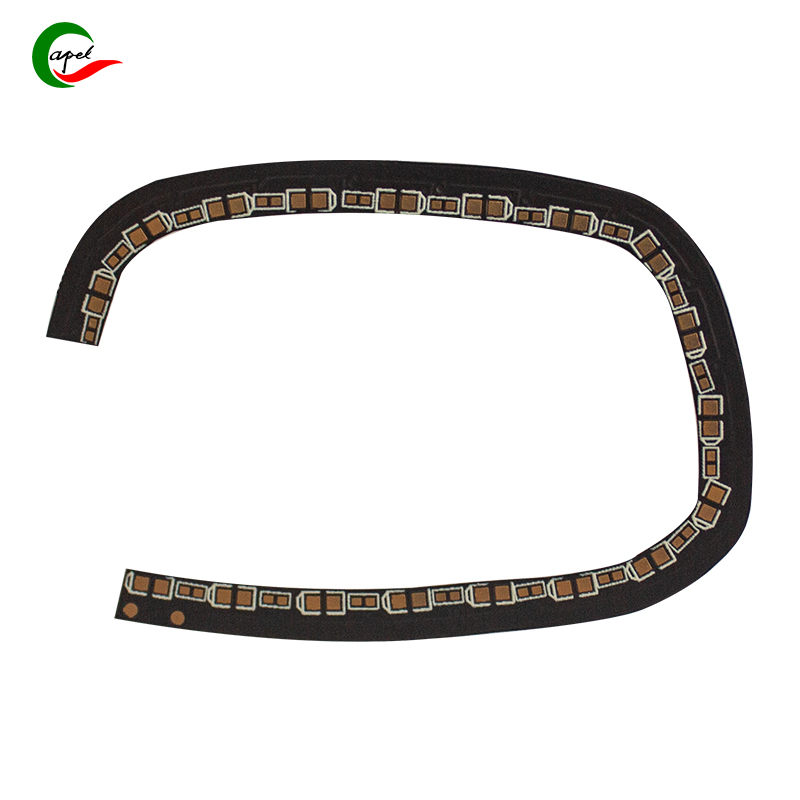Analyzing Flexible PCB Reinforcement Plates
Date: 2025-08-10
Reinforcement plates are unsung heroes in flexible PCB design, solving a critical challenge: balancing flexibility with structural strength. These small, rigid components are strategically added to specific areas of flexible PCBs to prevent damage, improve durability, and ensure reliable performance in demanding applications.
Flexible PCBs excel at bending, but their flexibility becomes a weakness in areas needing stability—like connector points, solder joints, or regions subjected to repeated stress. Reinforcement plates add rigidity here, preventing over-bending that could crack traces or loosen components. They also provide a stable base for mounting parts, ensuring solder joints hold firm even in vibrating environments (think automotive or industrial machinery).
- FR-4: The workhorse of rigid PCBs, FR-4 is widely used for reinforcement due to its low cost and good mechanical strength. Ideal for standard applications like consumer electronics.
- Stainless Steel: Offers high durability and heat resistance, making it perfect for harsh environments—such as under-the-hood automotive parts or industrial sensors exposed to chemicals.
- Polyimide (PI): Combines moderate rigidity with heat resistance, suited for high-temperature settings like aerospace avionics.
- Aluminum: Lightweight and excellent at dissipating heat, used in devices where thermal management is key, such as LED modules or power supplies.
- Connectors: USB-C, HDMI, or board-to-board connectors need stable mounting—reinforcement plates prevent flexing that could break the connection.
- Solder Joints: Critical in devices with frequent movement, like robotic arms or foldable phones, where vibration might weaken joints.
- Battery Contacts: In wearables or smartphones, plates ensure consistent contact between the PCB and battery, avoiding power drops.
- Edge Reinforcement: Protects PCB edges from damage during handling or insertion into enclosures, common in industrial control systems.
Choosing the right reinforcement depends on the application: thickness impacts flexibility (thicker plates reduce bendability), while material affects weight and heat tolerance. Engineers often tailor placement—covering only high-stress areas to keep the rest of the PCB flexible. For example, a smartwatch PCB might have a small FR-4 plate under the charging port but remain flexible elsewhere to fit the curved casing.
In short, reinforcement plates don’t hinder a flexible PCB’s main advantage—they make it more reliable. By targeting weak spots, they ensure these versatile circuits perform under pressure, from daily-use gadgets to mission-critical industrial gear.
Founded in 2009, our company has deep roots in the production of various circuit boards. We are dedicated to laying a solid electronic foundation and providing key support for the development of diverse industries.
Whether you are engaged in electronic manufacturing, smart device R&D, or any other field with circuit board needs, feel free to reach out to us via email at sales06@kbefpc.com. We look forward to addressing your inquiries, customizing solutions, and sincerely invite partners from all sectors to consult and collaborate, exploring new possibilities in the industry together.
